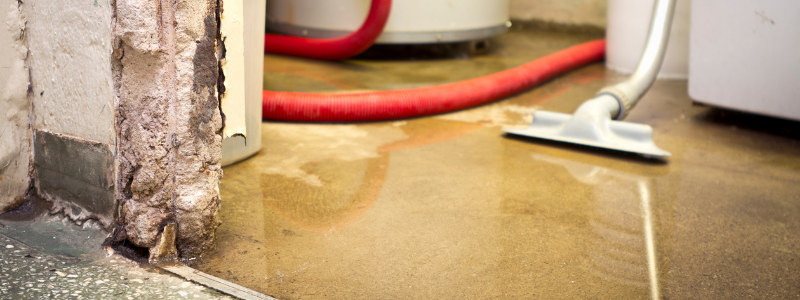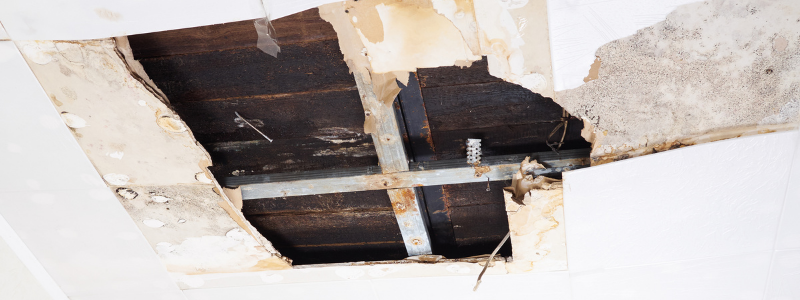The Restoration Guide On DIY Water Damage Repair

Water Damage Repair: Should You DIY?
Water damage can occur after a pipe breaks, flooding due to weather, ice dams and roof leaks. These are just a few reasons why we are called to mitigate water damage from a home or business. If you find yourself in this situation, you have a choice to make. Do I clean up the damages myself or hire a professional restoration company?
Professional plumbers and building contractors know how important it is to protect your home from water damage. Most areas of your home are not built with materials that are fully waterproof and the moisture can really damage it.
Obviously, the most obvious damage is visual with those yellow water stains that quickly show up on your drywall. However, if the water damage is severe enough, parts of your home can crumble and erode. When you see signs of water damage in your home, time is a crucial factor. If you don’t have previous experience with water damage repair then we recommend in most cases to not DIY and contact a professional. However, if you decide to take on the challenge of DIY water damage repair then follow our guide.

DIY Water Damage Repair Outline
It is very important to start this process immediately to prevent additional damages and mold growth.
- Where is the water coming from? The first thing you want to do is stop the water intrusion. If you have a broken pipe, you can shut off the water to the structure until a plumber can fix the break.
- Take pictures and document as much as possible. This will be helpful if you decide to file an insurance claim.
- What is wet? How far did the water travel? The best way to answer these questions is by using a moisture meter.
- Once you know where the water traveled, you can begin removing personal contents out of the area to minimize damage to these items.
- Remove any standing or excess water using a wet vacuum, carpet cleaning machine or sump pump.
- It may be necessary to remove building materials in order to dry the structure quickly. This may consist of drywall, trim and flooring. Depending on how wet these materials are, you will need to decide if they need to be removed or can they be dried in place. A moisture meter will provide this information. Store salvageable materials in a dry location.
- Now you can begin the drying process. Air movers and dehumidifiers are the best way to extract the moisture from building materials and the air.
The Four Main Pillars of DIY Water Damage Repair
1. Find The Leak
- Look for dripping water or sagging in the water.
- Notice if any water stains are growing larger in size.
- Don’t repair until you know where the leak is 100%.
2. Remove The Water Damaged Drywall
- If you find mold then it needs to get removed. If there is a lot, then call a professional like American Restoration.
- Safety first, if you want to remove the mold yourself then wear safety goggles, dust mask, and protective gloves.
- Put down tarp to catch dust and debris.
- If the water damage is in a small area, just cut out the section and replace with another drywall piece.
- If the water damage is in a large area of drywall use a wrecking bar, hammer, or your hands to remove it.
3. Repairing the Water Damaged Drywall
- Measure the size of the area to repair.
- If the water damaged drywall is over 12 inches then you have to repair the entire sheet.
- Watch this short video to see how to actually replace the drywall.
4. Prime The Drywall And Paint It
- Make sure the area is ventilated
- Follow best priming and painting practices to get the job done.

When you call American Restoration Inc, we respond with state of the art equipment to help locate the water and dry the structure fast and efficiently. We use moisture meters, sensors and infrared imaging to map where the water has traveled and figure out how wet the building is. We complete any necessary demolition, then start the drying process using air movers and dehumidifiers.
Our experts will get the job done quickly and efficiently while minimizing the water damage exposure to your home or business. Contact us today for a free consultation!
![]()


